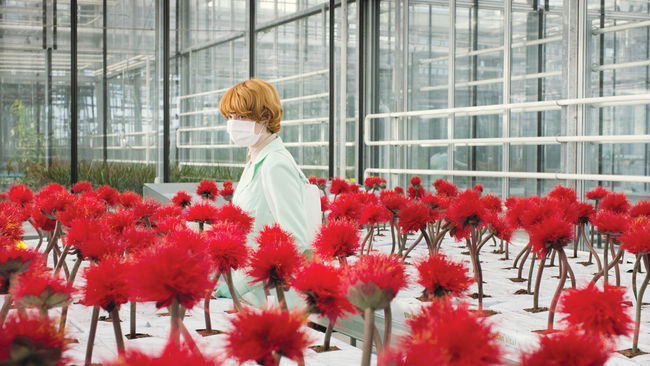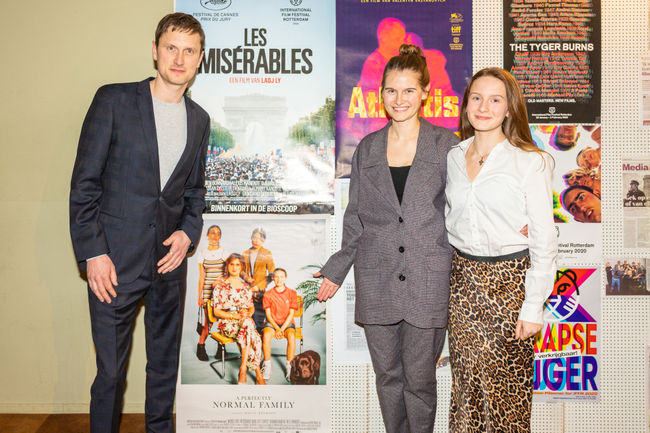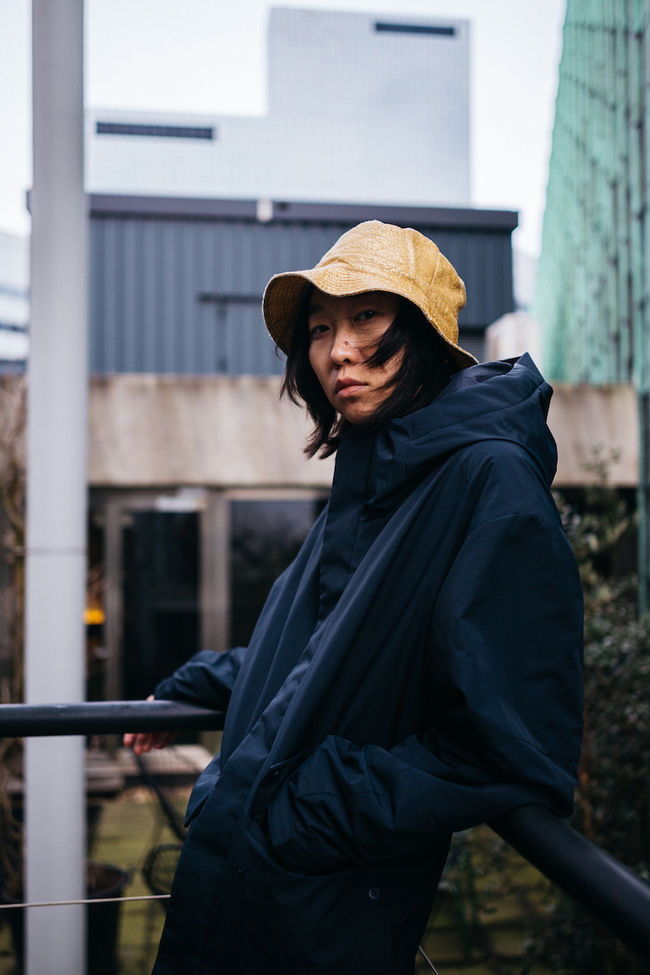Kim Yonghoon on Beasts Clawing at Straws
26 January 2020
Kim Yonghoon on Beasts Clawing at Straws
This year, the typical range of styles and approaches showcased in the selection for IFFR’s Tiger Competition also features a pure and unadulterated genre film: a witty black crime comedy from debuting South Korean filmmaker Kim Yonghoon.
In Beasts Clawing at Straws a customs officer, a cleaner and a bar hostess each have their own reasons to deviate from the straight path when the opportunity presents itself. “I intended these characters to be ordinary people who are far removed from the criminal world, but who are forced by circumstance to participate in this crime”, Kim Yonghoon explains. “Only then, I believe, will the audience feel sympathetic towards the characters, and fully experience the humour and suspense that the story contains.”
In fact, having seasoned actors like Jeon Doyeon (Secret Sunshine), Jung Woosung (Asura) and Youn Yuhjung (Right Now, Wrong Then) on board, Kim doesn’t have to worry at all about the appeal of his characters – even though they might not all deserve the sympathy they so skilfully evoke.
The film begins and ends with a bag full of money, which throughout the film moves the plot forward and strings people together. Is that bag also what kicked off your script?
“The script is actually based on a Japanese novel with the same title, written by Sone Keisuke. I found the book by accident in a bookstore, started reading it and began to envisage a crime noir film with elements of black comedy. While writing the script, of course, I had to think of how to make it into an actual movie. The opening scene of the film is very similar to the same scene in the novel: a character carrying a money bag. But the novel describes the character, while I decided to make the bag itself the central subject, almost like the main protagonist of the movie. I also constructed the role played by Jeon Doyeon to be the key to the whole story. Her character connects to every other person in the film.”
The story unfolds like a puzzle, with each piece presented separately before finally falling into place. Between these separate stories the film jumps back and forth in time, mostly without the viewer realising it. Why disorient your audience this way?
“I imagined the story to be like a relay race. So instead of one or two protagonists that lead the story, the film continues as each character passes the baton. I brought in the flashbacks because I want the audience not to be able to anticipate in which direction the story will go – I believe this is the strongest aspect of the movie and that it adds to the joy of watching it.”
For a feature debut, Beasts Clawing at Straws is a big production. How did you manage to get it off the ground?
“Basically, it all happened thanks to Jeon Doyeon. As a first-time director you don’t often get the chance to work with such great actors. It was always my intention to ask her to play the main role – but on the other hand her character only shows up an hour into the movie. Luckily she was quite fascinated by this character, which men could see as a femme fatale and which could be a very cool woman from a female perspective. So, she immediately said yes, and after that it was quite easy. It was like a dream come true. Jeon’s decision to participate persuaded the other actors to join, because they trust her. And then the fact that each character leads the story onward in a specific part of the film, like an ensemble – I think that was attractive for the actors too.”
Is there a special meaning attached to the location where the film takes place, the city of Pyeongtaek?
“In the novel, the story takes place in an unspecified port city. Port cities are usually located on the coast, but Pyeongtaek lies on an estuary further inland. This inland port felt foreign and exotic to me. I felt alien there, and I thought that would be a good thing for the film. Apart from a port, this city has large industrial factories, a rural landscape with paddy fields, a U.S. army base and an entertainment centre full of neon signs. The intertwinement of such disparate things felt just right for this story, in which very different characters turn out to be intertwined.”
written by Sasja Koetsier



